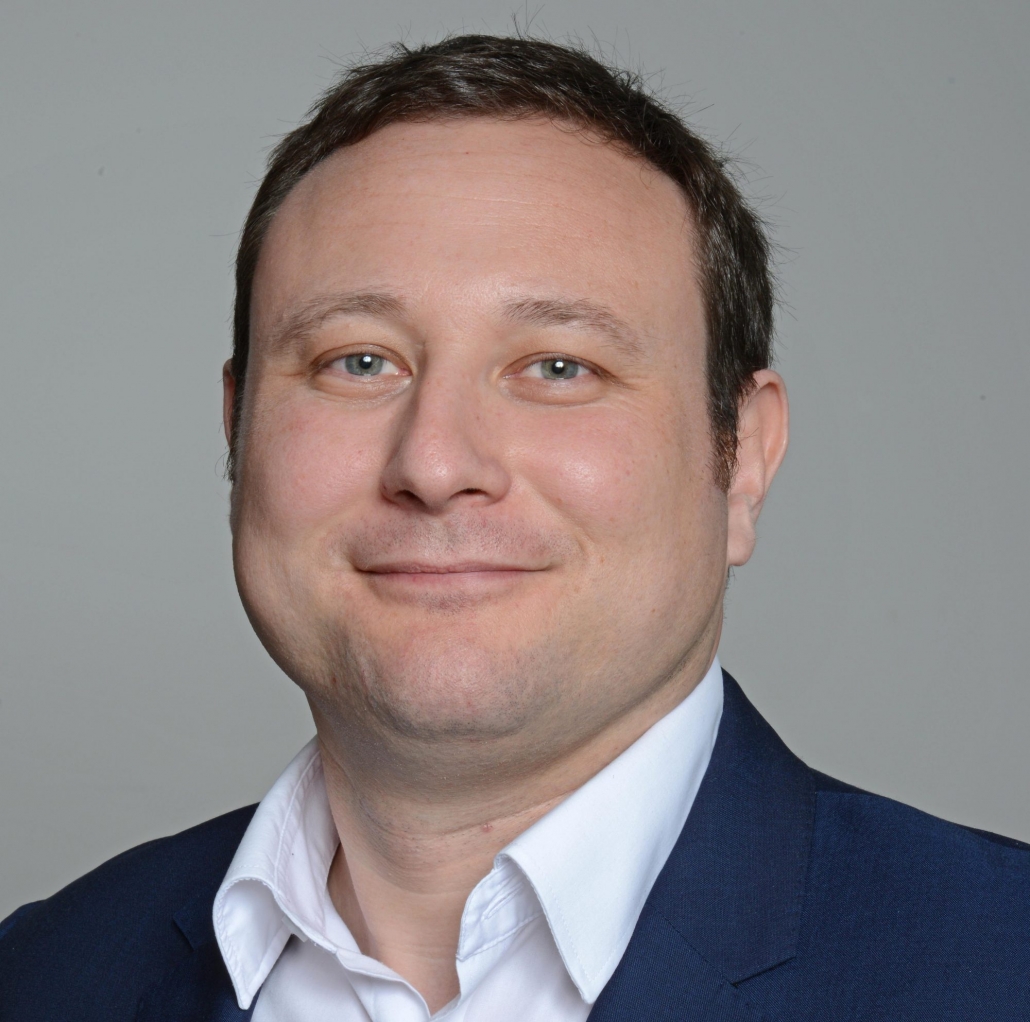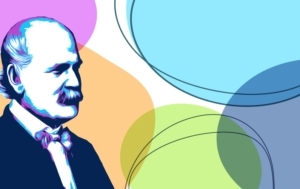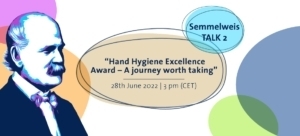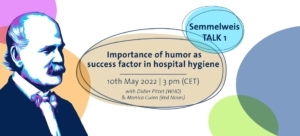Antimicrobial Resistance research projects have different faces. We want to present an exceptional one, that includes design and visualisation. An interview with Dr. Enrique Castro-Sánchez, Academic Research Nurse at the NIHR Health Protection Research Unit in Healthcare Associated Infections and Antimicrobial Resistance….
Using various approaches including design and visualisation to imagine the implications of antibiotic loss sounds fascinating to me. How did you get in contact with the Glasgow School of Art (GSA), and how the developed applications are working?
A professor from King’s College who has also a position at Imperial College put me in contact with Dr Duff from GSA, in view of our common interests in technology, communication about infection prevention and antimicrobial resistance. The pump priming funding call from the Arts Council was a great opportunity to build a collaboration around the themes proposed on the call. The collaborating team is truly interdisciplinary, with nurses with extensive clinical and research experience, social scientists, and design scholars working together. Like you, we felt that imagining how healthcare and healthcare services may ‘look like’ if antimicrobial resistance was the norm for many patients was very exciting. By recognising the changes that may take place, we could design mitigation strategies for healthcare professionals and citizens. For example, the physical design of hospitals may change, and therefore some professional roles may change (or disappear altogether…) etc.
Can you describe a little bit the workshops that you will conduct for nurses to allow them to imagine the implications of antibiotic loss with the help of 3D and computer-generated environments?
The workshop will allow us to work together with nurses in clinical practice to identify and reflect the changes in the professional environment and roles that may take place, and their implications. As such, we depend on the narratives (the stories, content, ideas, etc) developed during the workshops and therefore cannot really be sure what is likely to emerge! The visualisation techniques that have been put in practice in previous projects will then be re-applied to those emerging themes.
Does there exist similar systems of visualisation relating to AMR? And if yes – how your approach is distinguishing from others?
I think that our idea of helping professionals ‘see’ what the environment may look like as a result of generalised antimicrobial resistance was really novel yet continued the work started by GSA. As such, there are not many projects using such approach. I suppose that an example of visualisation related to AMR may be the use of ultraviolet light together with a dye to examine how well people wash their hands, and practical and quick experience which allows people to see how well they perform the technique.
Why is the focus on nurses, and do you plan to develop a similar system also for other healthcare workers? (physicians etc.).
We were keen to focus on nurses and nursing for several reasons. Many members of the research team are nurses, and have been interested in research related to infection prevention and control. Traditionally, this field has been led by nurses; however, nursing participation in antimicrobial resistance and appropriate use of antibiotics has been much more recent and remains underexplored. Additionally, it is likely that nurses, due to the size of the workforce and their roles across many services, specialties, may be more dramatically affected than other professionals by the physical changes resulting from increased antimicrobial resistance. However, there is no reason preventing our research and visualisation approaches from being also applied to other professionals or citizens.




